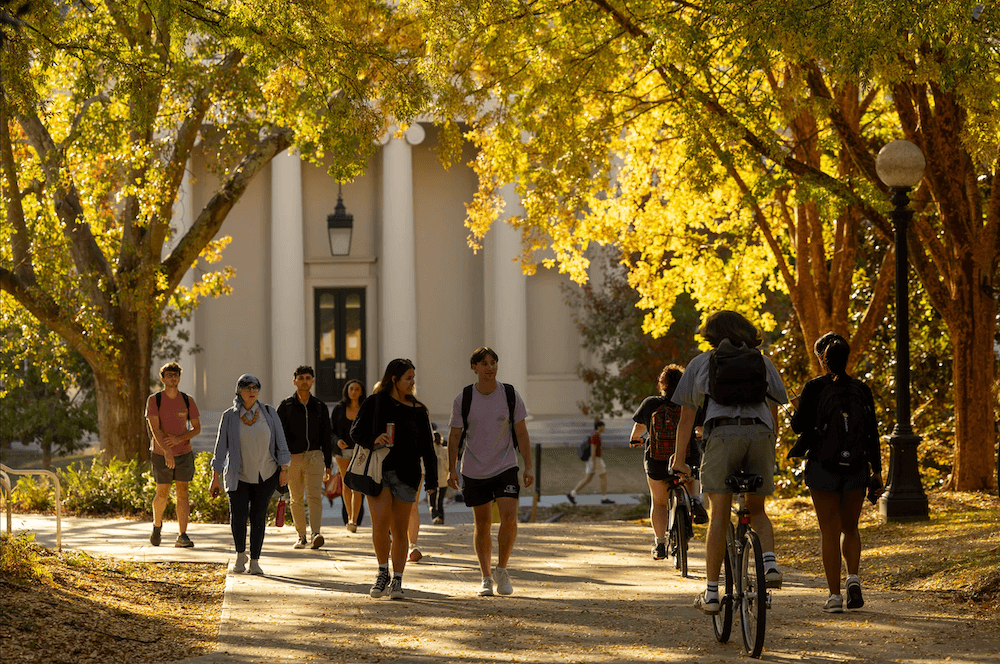Among Georgia’s 200 native trees, a few are truly unique to the state. They grow from
the flanks of Lookout Mountain to the banks of King’s Bay, signifying power, the
state’s founding, tenacious survival and even a myth.
If you want to plant some trees that symbolize the best and diversity of Georgia, five
native trees fit the bill. They include the Georgia hackberry (Celtic tenuifolia),
franklinia (Frankliniana altamaha), Georgia oak (Quercus georgiana), Oglethorpe oak
(Quercus oglethorpensis) and live oak (Quercus virginiana).
Georgia hackberry is a small tree in the elm family. Unlike most of its relatives,
Georgia hackberry has smooth leaf margins, or just a few teeth. It’s naturally found on
dry, rocky sites across central Georgia. The crown of leaves the tree produces is
usually asymmetrical and irregular.
The franklinia tree, of the tea family, was growing in a small area near the mouth of
the Altamaha River when Georgia was being settled. Since that early discovery, no one
has seen this tree in the wild.
The nursery trade carries many forms of the tree, especially in Europe. Unfortunately,
in Georgia and the United States it is listed as extinct.
Franklinia is a small tree with dainty arching twigs and an unusual thin, striped bark.
Its flowers are relatively large, cream-colored and shaped like a cup. Some suggest it
was actually part of old, lost English tea plantation plots.
Georgia oak is a smallish, smooth-barked tree that ekes out a living on granite
outcrops. This harsh life has made Georgia oak tough and stress-tolerant. The beautiful
little oak has bright, shiny green leaves like a dwarf red oak.
Georgia oaks have nice fall color, are drought-tolerant and produce a small acorn
wildlife love. They’re found only on a few granite outcrops in the state.
Oglethorpe oak is named after Oglethorpe County, where it was first found, and the
founder of Georgia, James Oglethorpe. This oak is one of the few that suffer from a
disease similar to chestnut blight. But a number of trees reach medium and large stature
without signs of the disease.
This rare tree wasn’t even discovered until this century. Oglethorpe oak has beautiful
and strange, five-pointed, yellow hairs on the undersides of its leaves. The tree is quite
upright with long, oval leaves and distinct whitish, platy bark.
Live oak should need no introduction to any Georgia citizen. It’s not unique to
Georgia, but it’s our state tree. Live oaks grow on the coastal plain but can be
occasionally found in frost-protected plantings farther north.
Live oak gave wooden ships their strength and shape. Our first forest reserves were
naval live oak areas. The tree is characterized by large trunks and massive branches
spreading over the landscape, draped in Spanish moss.
Plant a uniquely Georgia tree grove. Use native trees from your county or these
Georgia heritage trees. Grow a piece of Georgia forest history.



